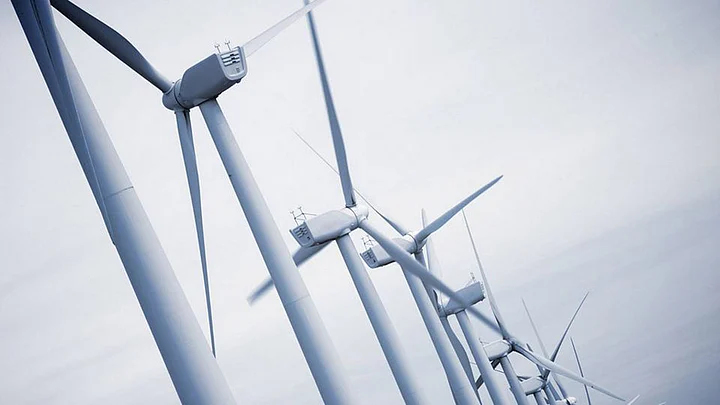Need Clean Fuel
- Subsidy on kerosene has more than halved in the last one year to less than Rs 15 a litre
- Speeding up electrification, with both conventional as well as renewable sources of energy, will reduce the use of kerosene
- The government needs to make LPG affordable with sharply targeted subsidies and smaller cylinders for those still cooking on kerosene stoves or using firewood
- Providing people with alternate fuel such as bio-gas stoves, as a relatively clean and cheap fuel, could prevent use of kerosene stoves
Subsidy on kerosene has more than halved in the last one year to less than Rs 15 a litre, thanks to a sharp decline in global crude oil prices. It is now almost equivalent to the selling price of the fuel. The subsidy, almost entirely borne by public sector oil companies, was about Rs 33 a litre in July-August 2014, and the highest ever. With oil prices remaining soft thanks to excess supply over demand, subsidy on kerosene for this fiscal may settle below Rs 10,000 crore, down from about Rs 25,000 crore in 2014-15.
However, oil price movements are difficult to predict and these calculations can go awry if fresh tensions erupt in West Asia or if the Organisation of Petroleum Exporting Countries (OPEC) were to decide to slash production to aid some firming up of prices to help the economies of some member states. Subsidy on kerosene will start climbing once again, assuming the government does not raise the fuel’s selling price.
The government has already said that it intends to reform the subsidy regime for kerosene, and one may argue that there is no better time than now to begin the process. After all, the use of kerosene by households for cooking as well as lighting has been on a decline. Yet, to accelerate the process of taking more people off kerosene, the government needs to speed up electrification in villages and make LPG affordable with sharply targeted subsidies and smaller cylinders for those still cooking on kerosene stoves or using firewood.
NSSO Revelations
According to a recent National Sample Survey Office report, an organisation under the Ministry of Planning and Programme Implementation, the urban poor are more likely to use kerosene stoves and the rural poor are more likely to use kerosene lanterns. The report showed that less than 1% households in rural India and just about 5.7% in urban India used kerosene for cooking in 2011-12. That’s down from 2% in rural areas and 23.2% in urban areas in 1993-94.
Households in villages have traditionally used firewood, wood chips and other farm waste as fuel to cook meals, and these practices continue with as many as 67% of rural households. Just about 15% of rural homes use LPG for cooking. In urban areas, it is the reverse. About 68% households use LPG while 14% use firewood and wood chips.
While there has been a declining trend in the use of kerosene stoves, it could very well happen that rural women may want kerosene stoves, which are more convenient than using firewood. Providing them with alternate fuel such as bio-gas stoves, as a relatively clean and cheap fuel, could prevent that likelihood.
Kerosene Use for Lighting Declined
The same NSSO report also stated that the use of kerosene for lighting has declined. In rural areas, the use of kerosene has declined from 62.1% in 1993-94 to about 26.5% households in 2011-12. In urban areas, the decline has been steeper with the use of kerosene for lighting falling from 16.1% to 3.2% households over the same period. While electrification in urban areas has generally seen rapid progress, it has lagged in rural areas of states such as a Bihar, Uttar Pradesh, Jharkhand, Odisha and Assam. As the result, nearly 73.5% homes in rural Bihar and 58.5% in rural UP use kerosene for lighting.
The government expects to begin transferring kerosene subsidy directly to users sometime this fiscal year in an effort to better target the subsidy and stop diversion of cheap kerosene to adulterated diesel. That will be a welcome step in the short term. However, kerosene is not a clean fuel and it affects the health of people using it. Speeding up electrification, with both conventional as well as renewable sources of energy, will reduce the use of kerosene in lighting.
A lot more effort is required on providing alternate and clean fuel for cooking, particularly in rural areas. Once that is done, getting rid of kerosene subsidy will not be a difficult task politically. And that would count as an achievement of the NDA government, just as ending of diesel subsidy was for the UPA. Only those supporting adulteration of diesel will continue to oppose.
(The writer is a Delhi-based senior journalist)
